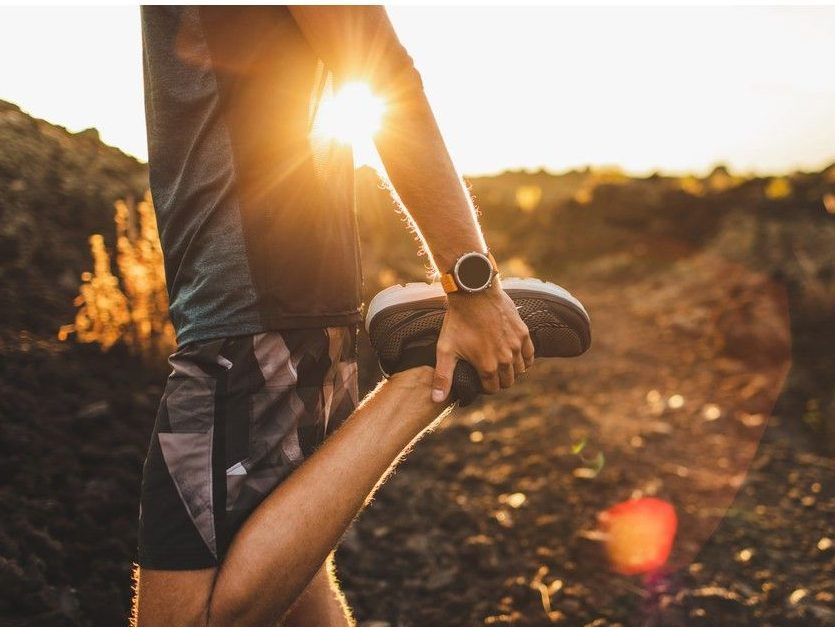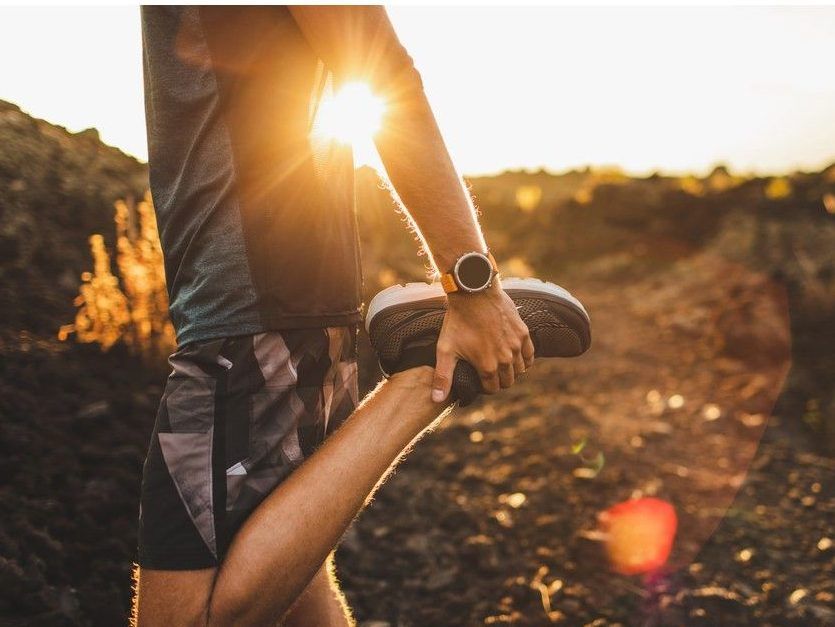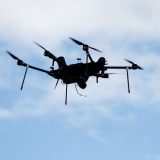“We’re about to launch one of the biggest advertising campaigns in HHS history, to encourage people to use wearables. It’s a way that they can take control of their own health.” With those words, U.S. Health and Human Services (HHS) Secretary Robert F. Kennedy, Jr. gave a boost to wearable fitness devices comparable to what his boss did when he parked a Tesla on the White House lawn. Both may live to regret these decisions.
The always-entertaining U.K. Daily Mail newspaper promptly called the plan “bonkers.” Their senior health reporter, Luke Andrews, also pointed out the delicious contradiction between hanging a health tracker on every American and RFK Jr.’s longstanding opposition to surveillance and exposing people to electromagnetic radiation.
Putting aside all this craziness, if you have avoided donning a wearable, as I have until recently, this might be a good time to consider getting one. A report from Statista shows that Canadian smartwatch ownership “will be 13.39 per cent in 2025 and is expected to hit 17.76 per cent by 2029.” They don’t have a gender breakdown for Canada, but U.S. data show that more women than men are using these devices, primarily for fitness tracking. As new features come out, I suspect men will catch up. We do love our gadgets, and there are even life-saving reasons to use a smartwatch.
Fitness trackers have a long history. Swiss watchmaker Abraham-Louis Perrelet created a rudimentary pedometer back in 1780. He also built a human-powered self-winder that could run a watch for eight days after 15 minutes of walking.
Modern electronic devices date to the 2009 introduction of the Fitbit Tracker for $99. Today, you can pay well over $1,000 for a watch that measures multiple bodily parameters and can even guide you back out if you get lost on a hiking trail.
After going for about a decade with nothing on my wrist, I recently bought a mid-range smartwatch for around $300. You can go a lot higher and can also find something that calls itself a smartwatch online for $20. Reviews of those warn that they make up data. One person reported that the watch said they were asleep at totally wrong times. More troubling is that some people have awakened with serious wrist burns from overheating cheapie devices.
Are the good ones really accurate? You’d certainly expect a smartwatch to count your steps properly since that problem was solved in 1780. What about more subtle parameters like peripheral capillary oxygen saturation (Sp02 )? This is what they measure in a hospital or doctor’s office by putting a device similar to a clothespin on your finger. A drop can indicate circulatory or breathing problems. It can also help detect sleep apnea, a condition where breathing stops for 10 seconds or more.
A study published in Digital Health in 2022 found that “Apple Watch Series 6 can reliably detect states of reduced blood oxygen saturation with SpO2 below 90 per cent when compared to a medical-grade pulse oximeter.”
Smartwatches vary in what other medical parameters they can measure. The higher-end models feature electrocardiogram functionality, and this capability is improving as artificial intelligence is integrated. Several studies show that they can play a role in detecting serious conditions, such as atrial fibrillation (AFib). A recent article by researchers at the Yale School of Medicine concluded that “AI-enhanced wearable and portable devices represent a transformative force in cardiovascular care by enabling efficient, equitable, and accessible care directly in the communities.”
Closer to home, a beloved University of Calgary professor had some cardiac problems. His class passed the hat to buy him an end-of-term gift. It was a large class, so they were able to get him an Apple Watch, which he still wears.
Sleep tracking was a major appeal of a smartwatch for me. Mine produces a daily sleep score, which can range from 0 to 100. I made it to 79 last night, which pleased me greatly. The manufacturer’s website, garmin.com, explains the calculation, saying “It includes how much time you spent in, and the patterns formed between, the light, deep and REM sleep stages. Experts say these affect your mental and physical recovery. Deep sleep, for example, helps with muscle recovery.”
Critics of health trackers note that some people become obsessed with their numbers in an unhealthy manner. Also, we may be sending intimate information to a company that might not respect our privacy. At the very least, I recommend using a newly created email address that’s not linked to your name when you sign up for a fitness tracking website.
If you need another reason, consider my all-time favourite headline from Gizmodo, “Your fuelband knows when you’re having sex.” As author Adam Clark Estes wrote back in 2013, “How else do you explain getting a half hour of exercise late at night without taking a single step?”
Secretary Kennedy, what do you think about that?
Tom Keenan is an award-winning journalist, public speaker, professor in the School of Architecture, Planning, and Landscape at the University of Calgary, and author of the best-selling book Technocreep: The Surrender of Privacy and the Capitalization of Intimacy.
Source:: Life Fitness – Calgary Herald










